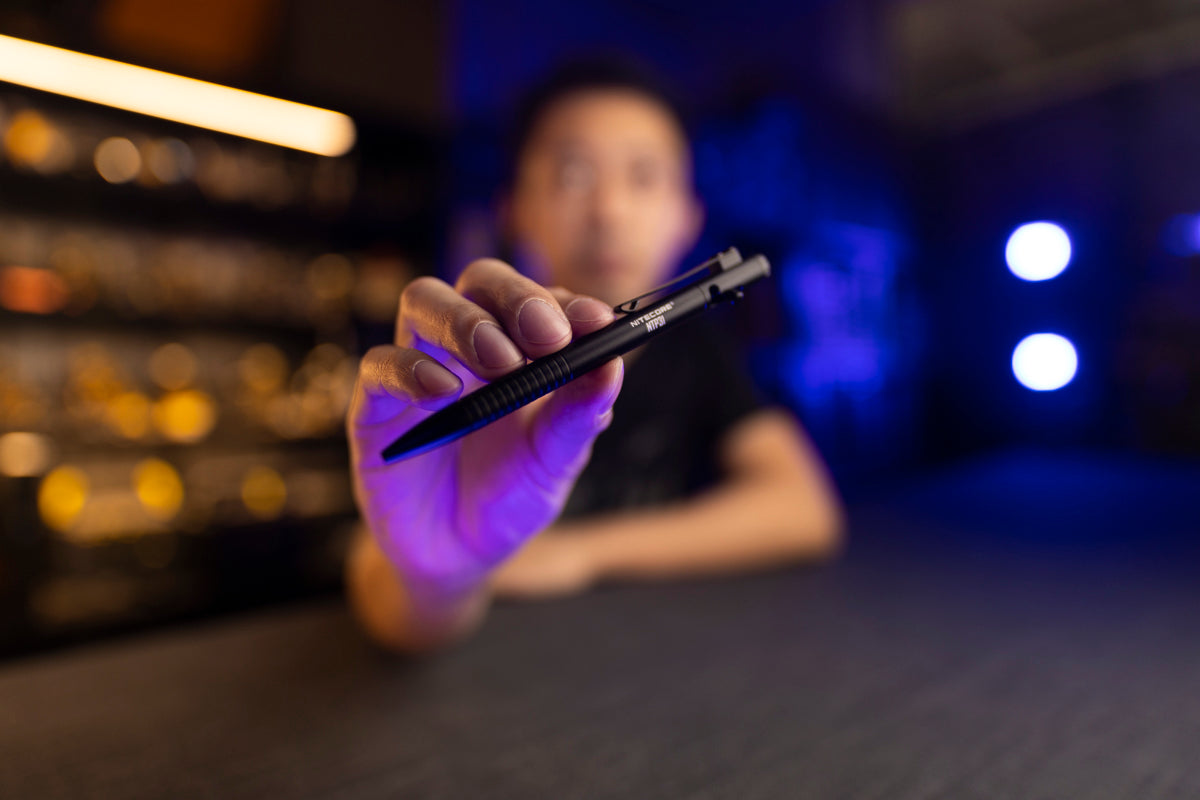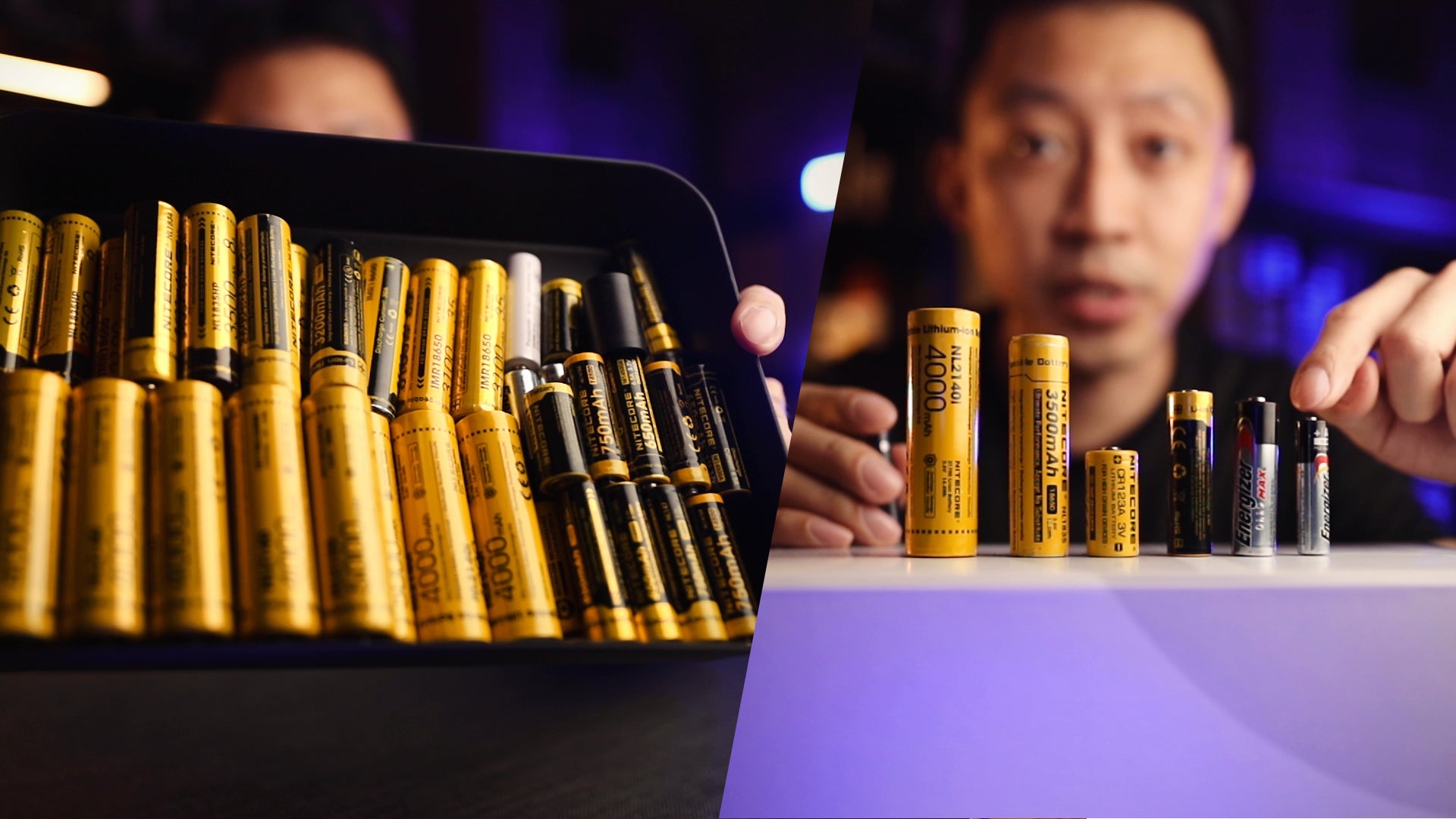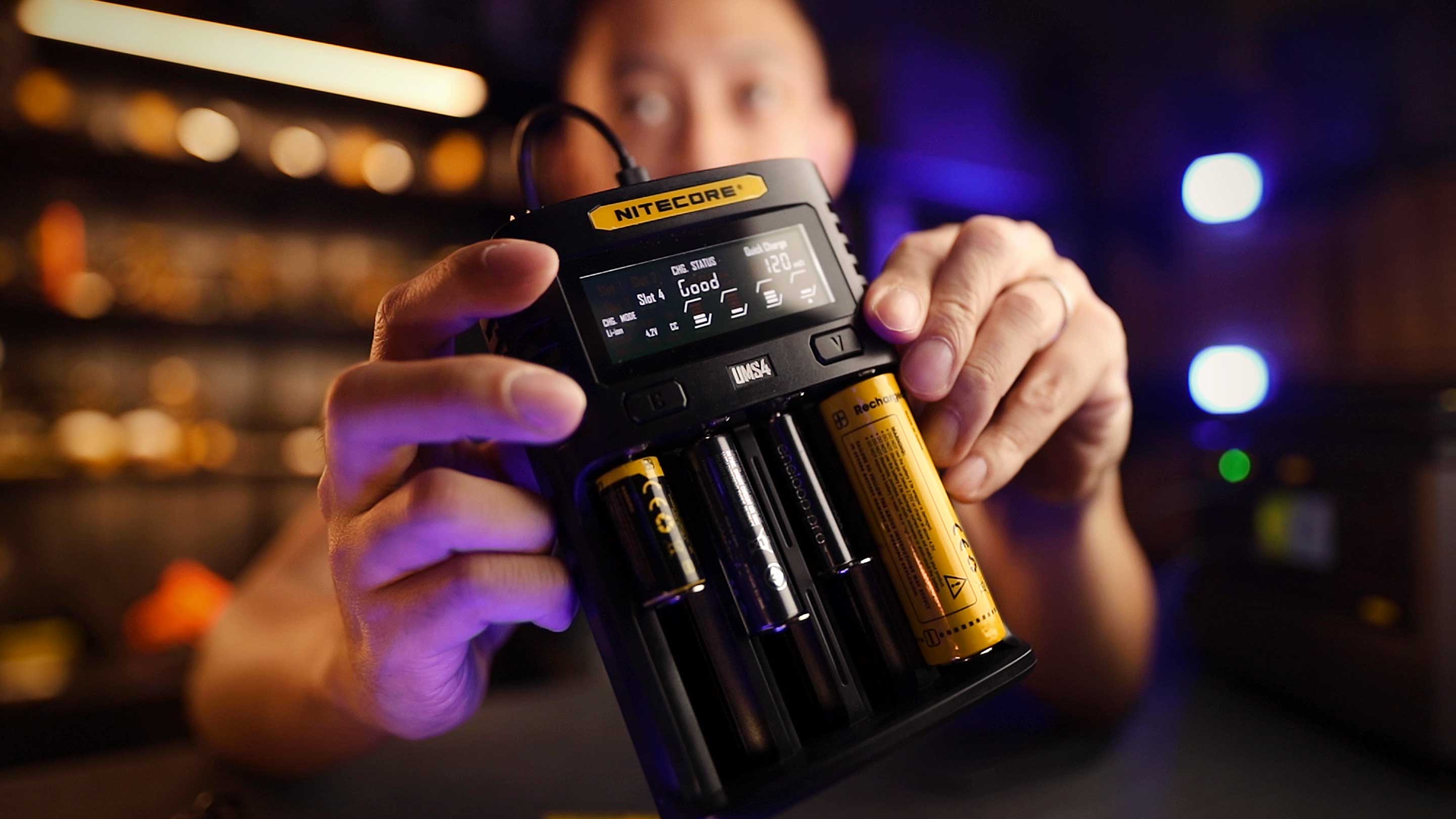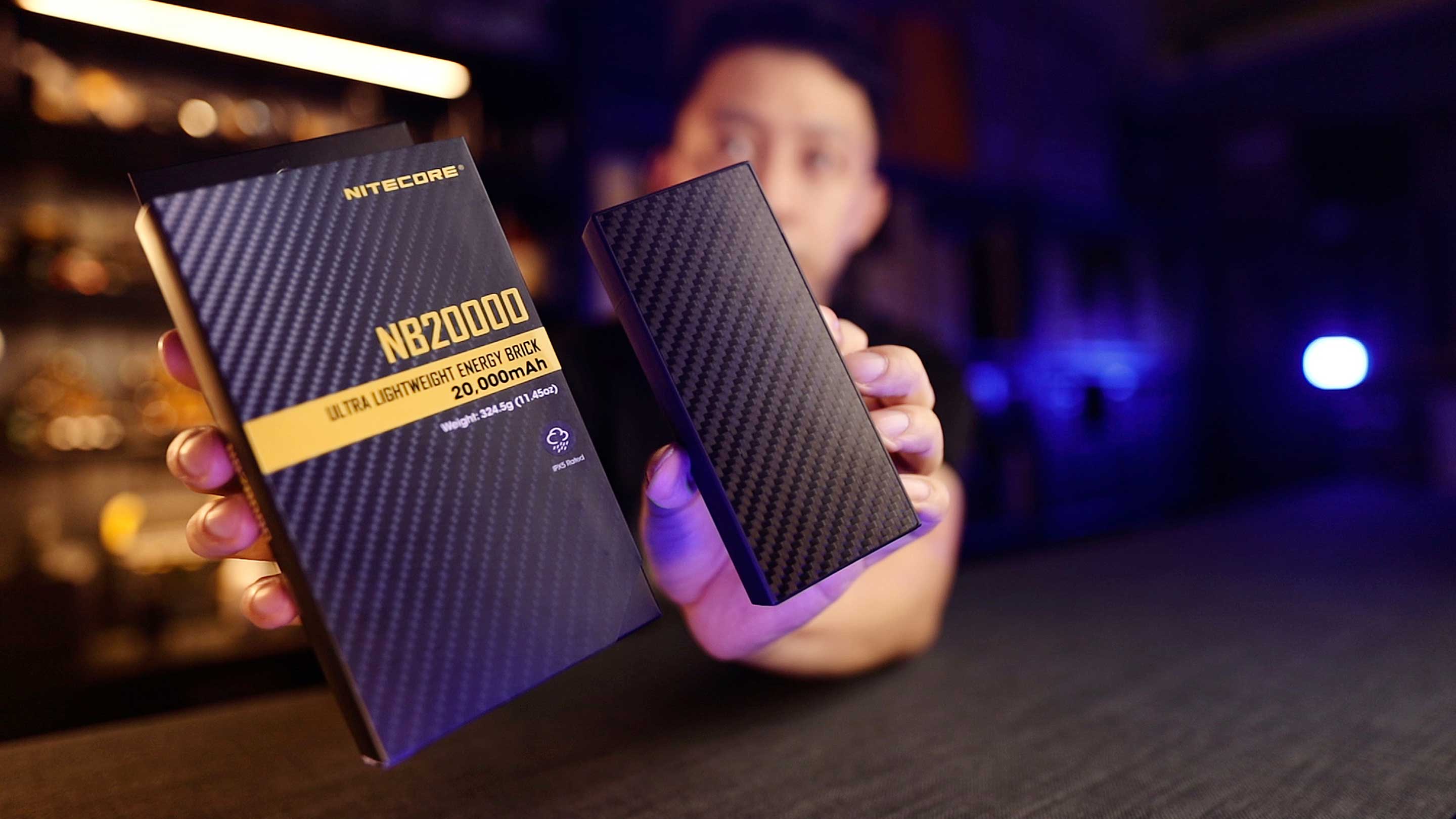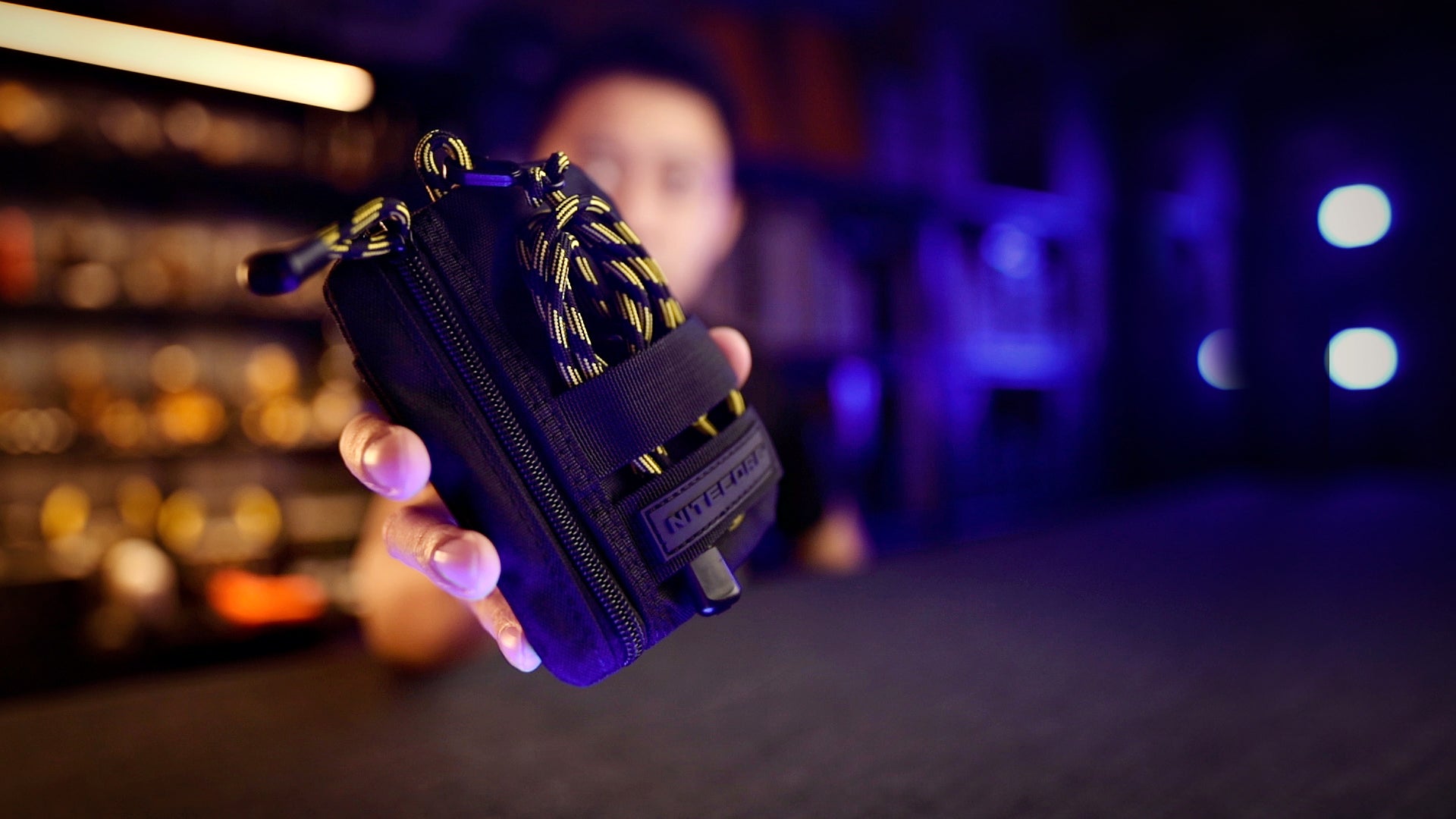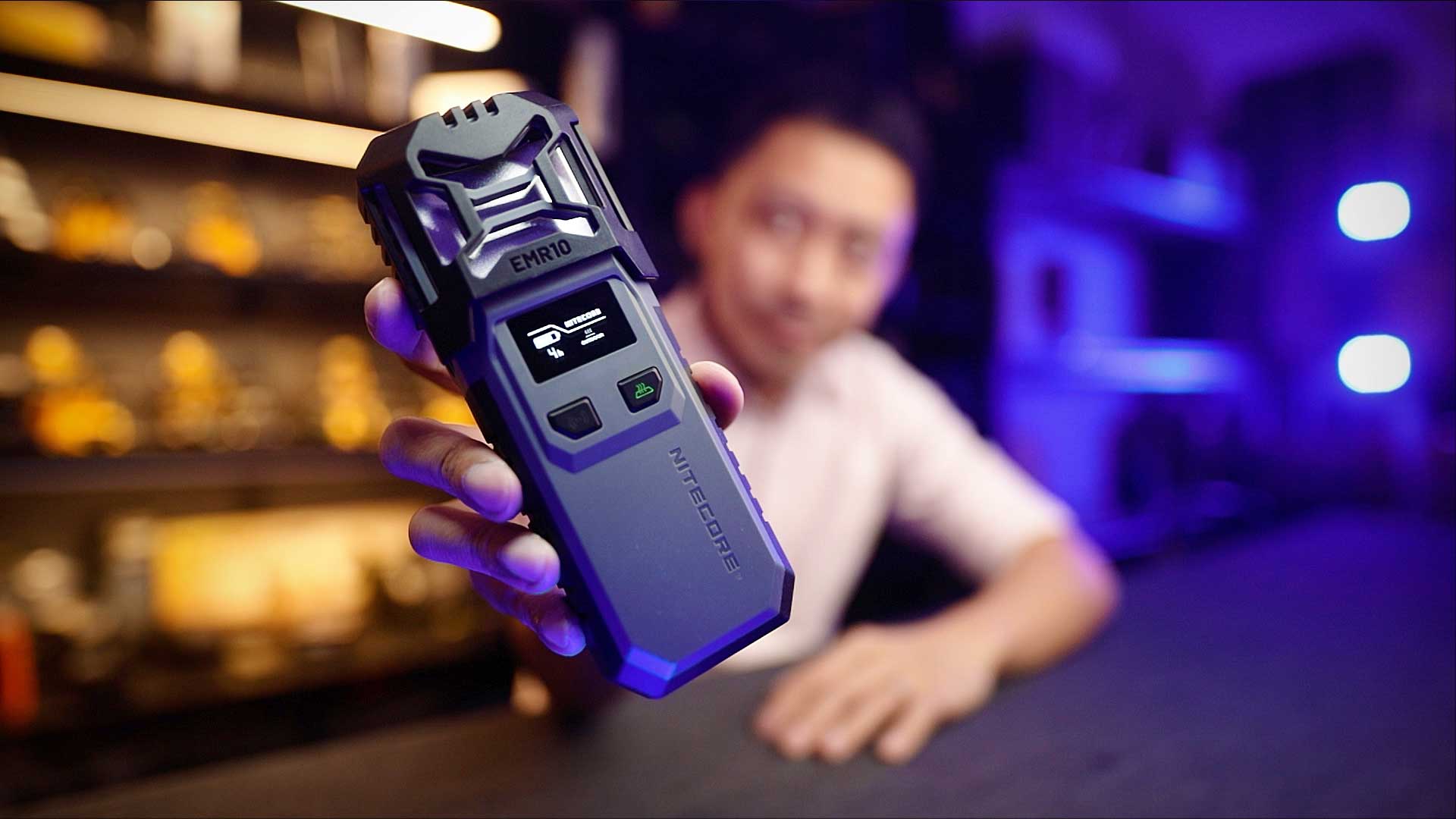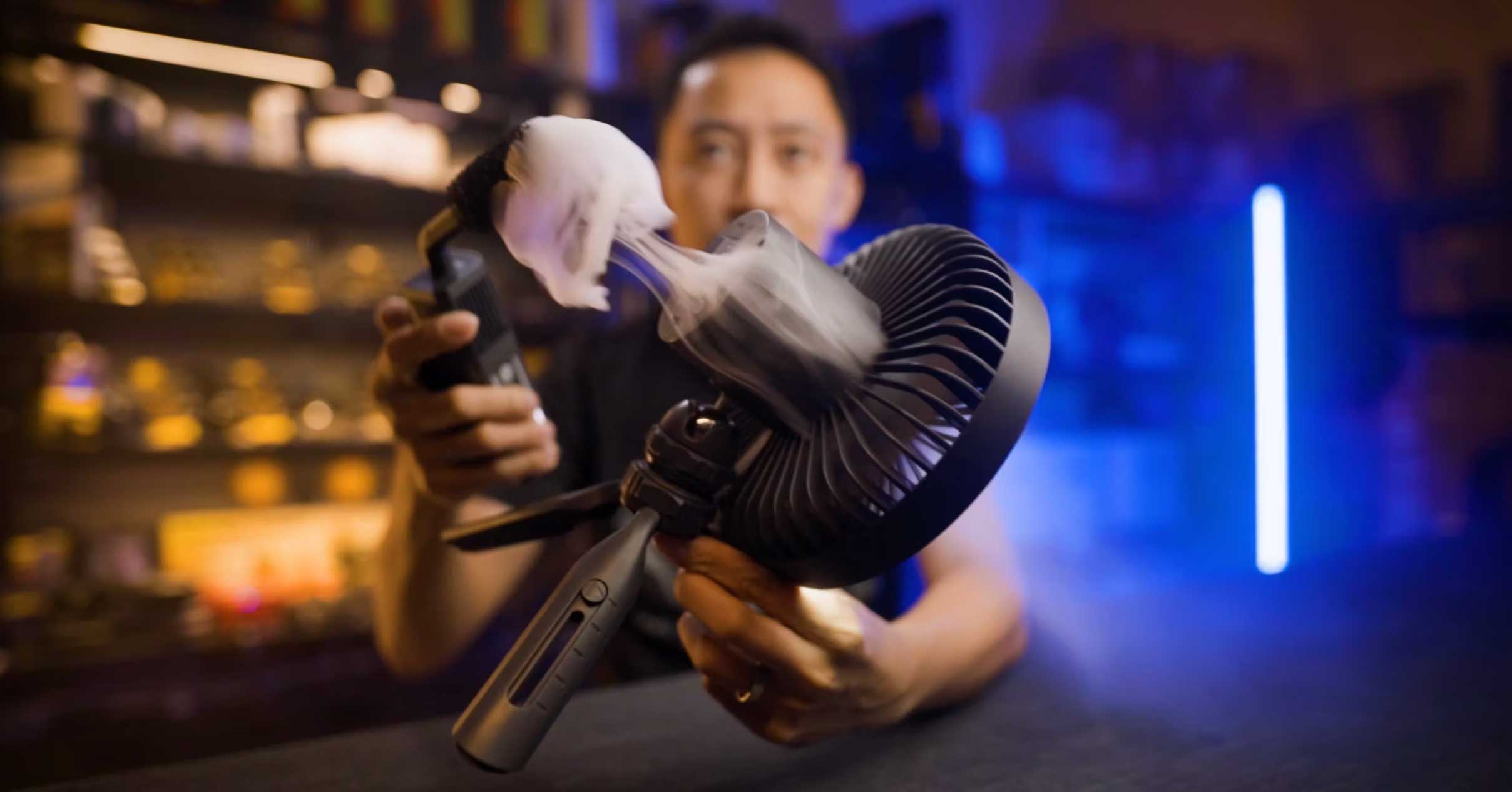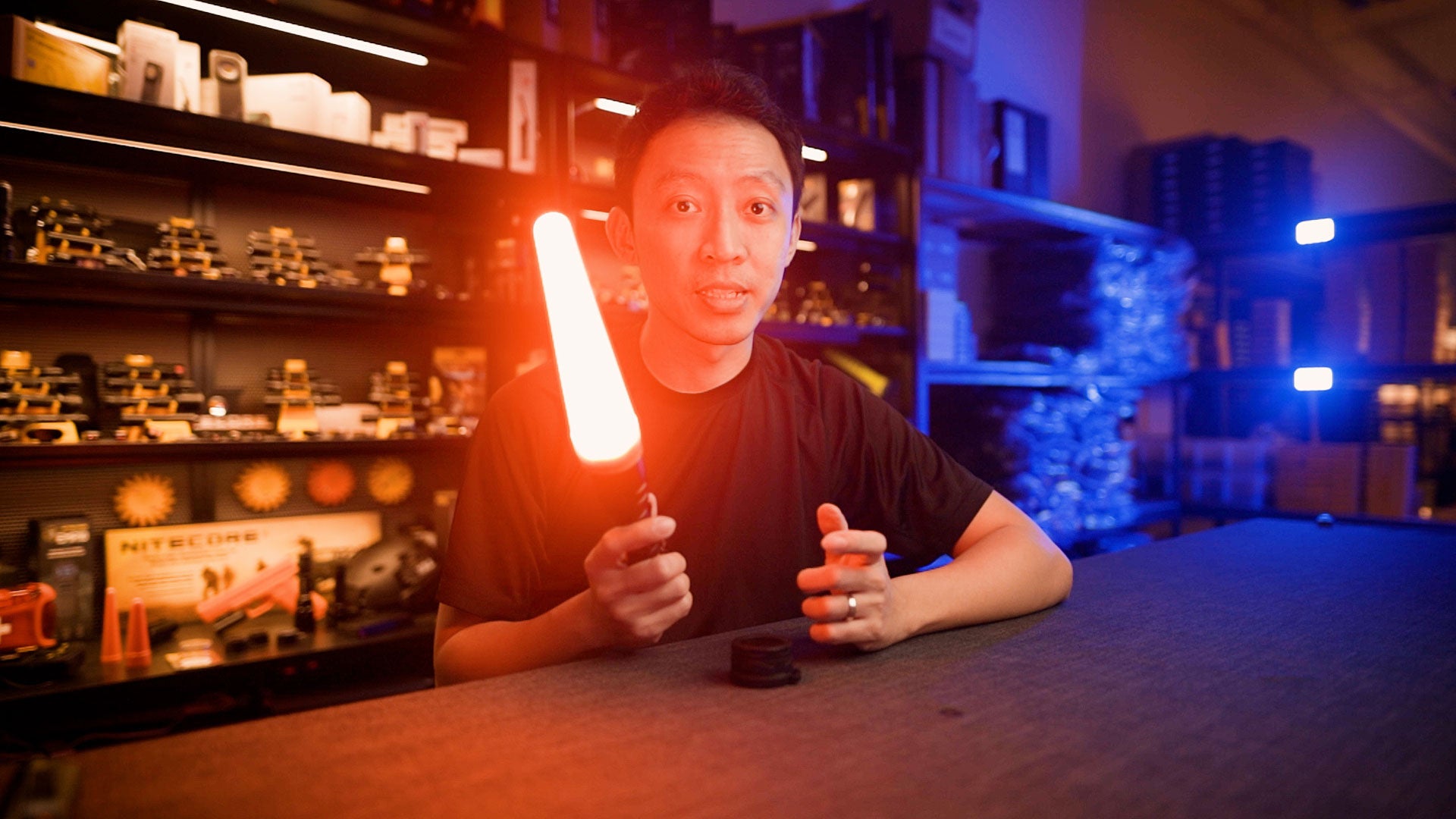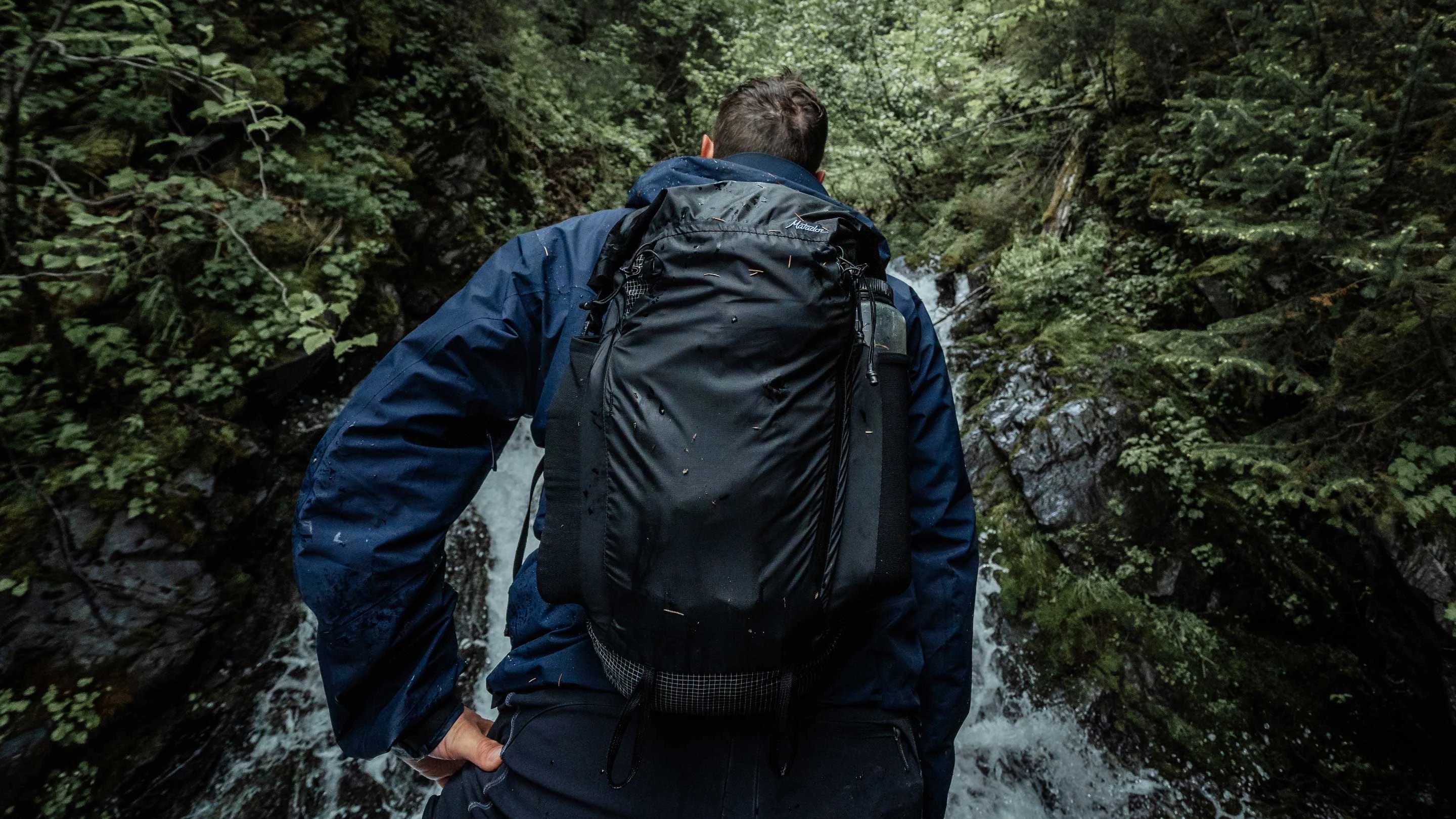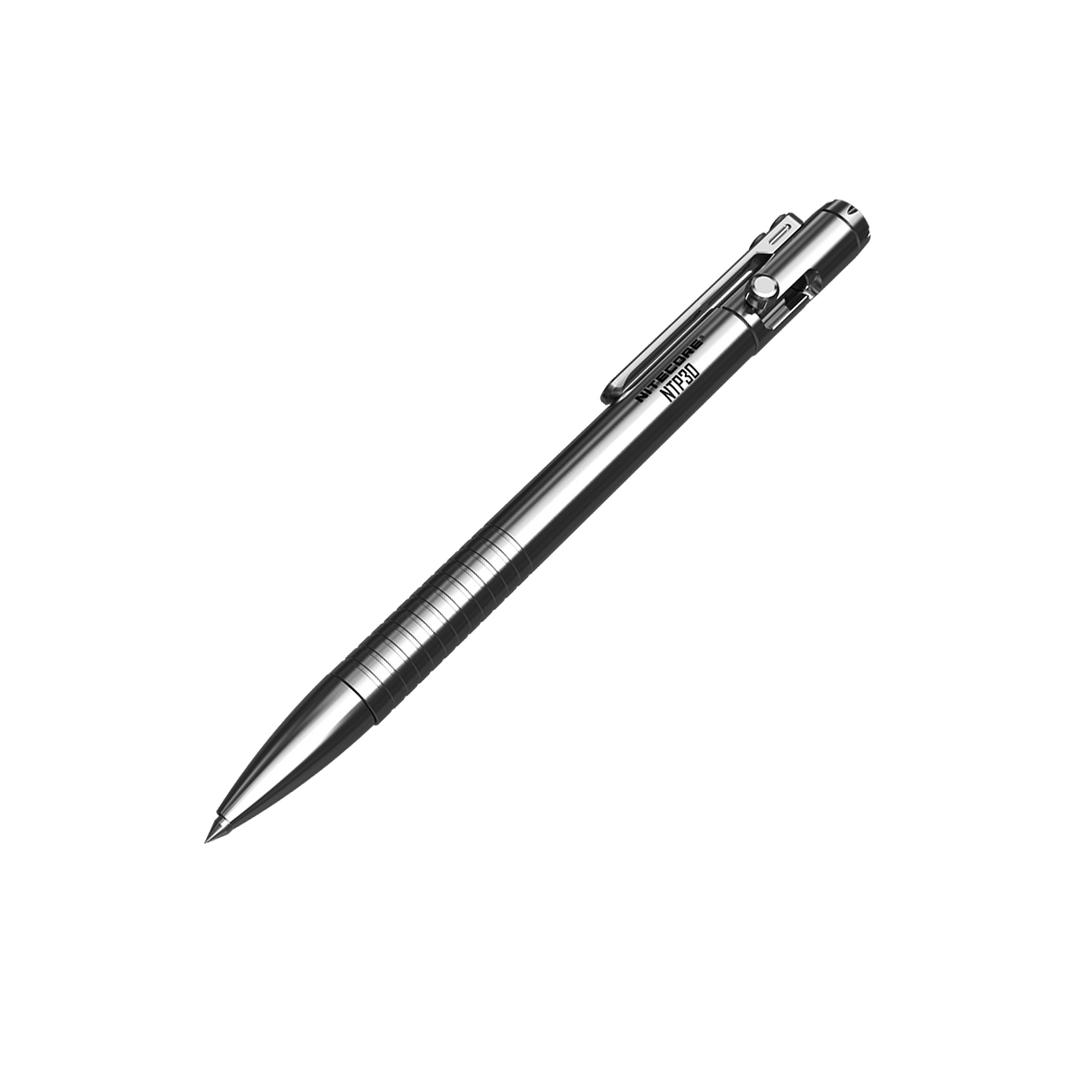"My job constantly puts me in different low-light scenarios. Tight rooms today, wide open warehouses the next. What type of lights should I get?"
The secret is not to hunt the perfect light, but to own several types to cover the different scenarios you may come across.
I've used this 3 steps to build out kits for thousands of clients, from first responders to industrial crews to business travelers. It works because it's simple.
Simply scroll down to follow the step by step guide and recommendations in each step.
- MJ (Nitecore Singapore)
P.S. Use it well, share it with your team and stay safe!
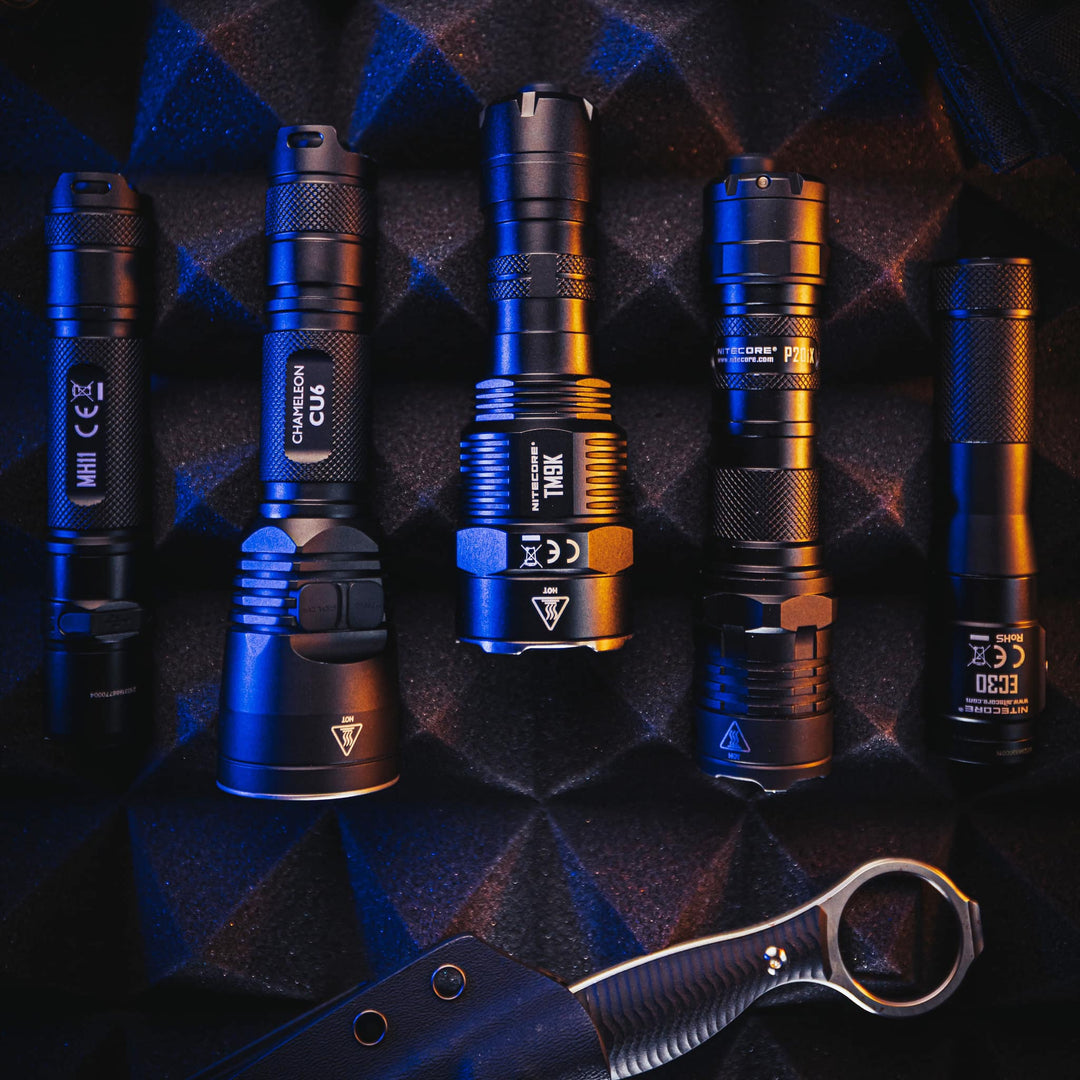
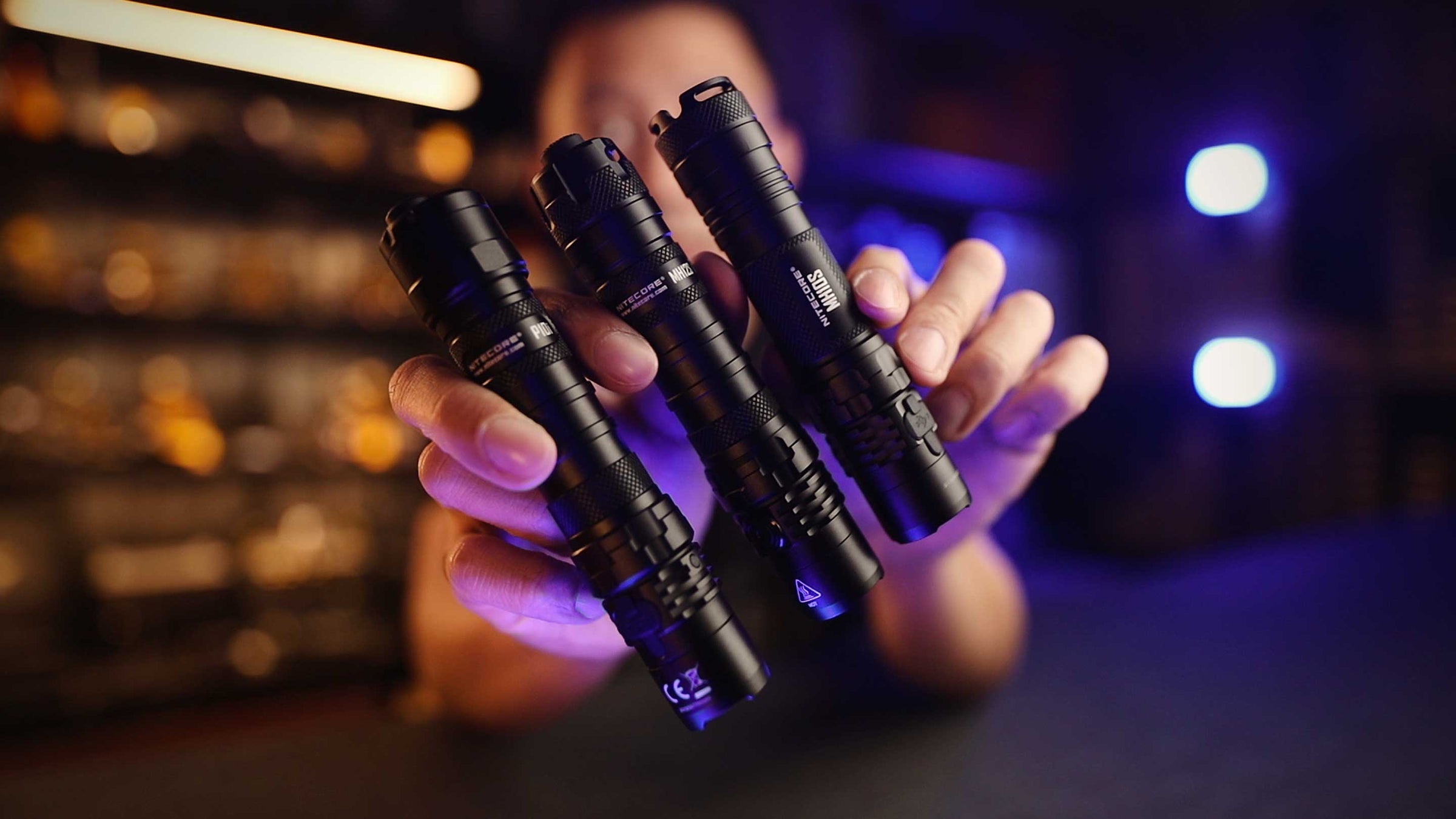
STEP 1:
Pick your Primary Light
The one light you'll use 90% of the time. Should be military grade, using 18650 or 21700 batteries.
These are the best possible power source today for high lumens and long runtime (at least 90 mins).
They work great, and provide triple the power and capacity of AA batteries. The best lights are built around these batteries.
What to look out for:
BRIGHTNESS
1000 lumens is the sweet spot now for constant use without the light getting too hot quickly. Lights above 1000 lumen will provide that extra punch when you need it, but will get hot quickly if you keep using them at the brightest setting.
250 lumens is all that’s needed to blind someone in the dark. CREE LEDS are the standard, used in all high-end lights.
BEAM TYPE
Flood, Throw or mixed? When you work in different scenarios. Mixed beams have the best of both worlds, a spot AND a wide flood beam.
Avoid lights with ‘zoom’ or adjustable focus features. The less moving parts the better.
DISTANCE
Around 200 meters at 1000 lumens is great. This covers most practical needs of first responders and urban use.
If the ANSI chart says 200m beam distance, the actual useful distance in real life would be divided by 3, so 66m.
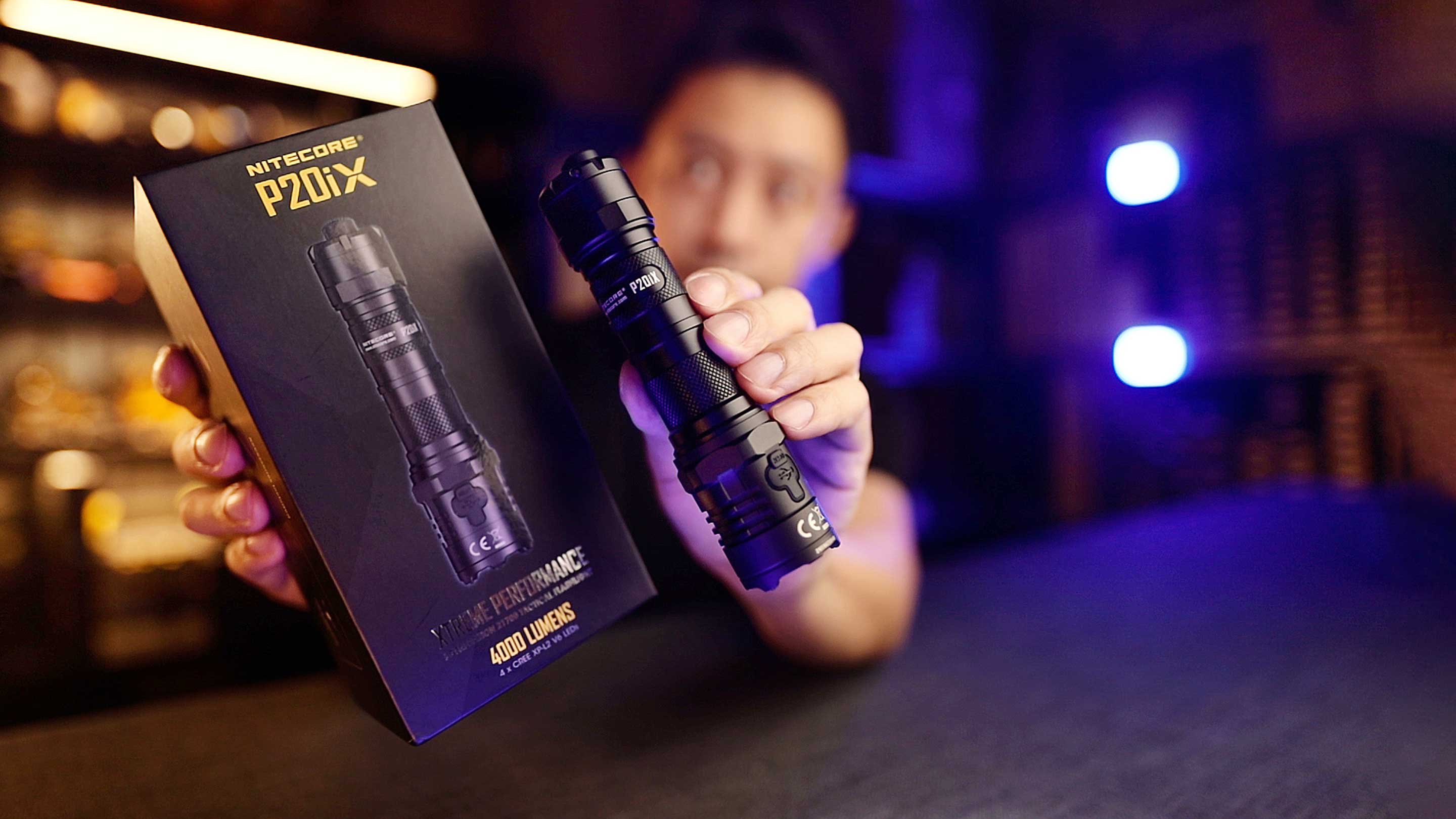
Close Range
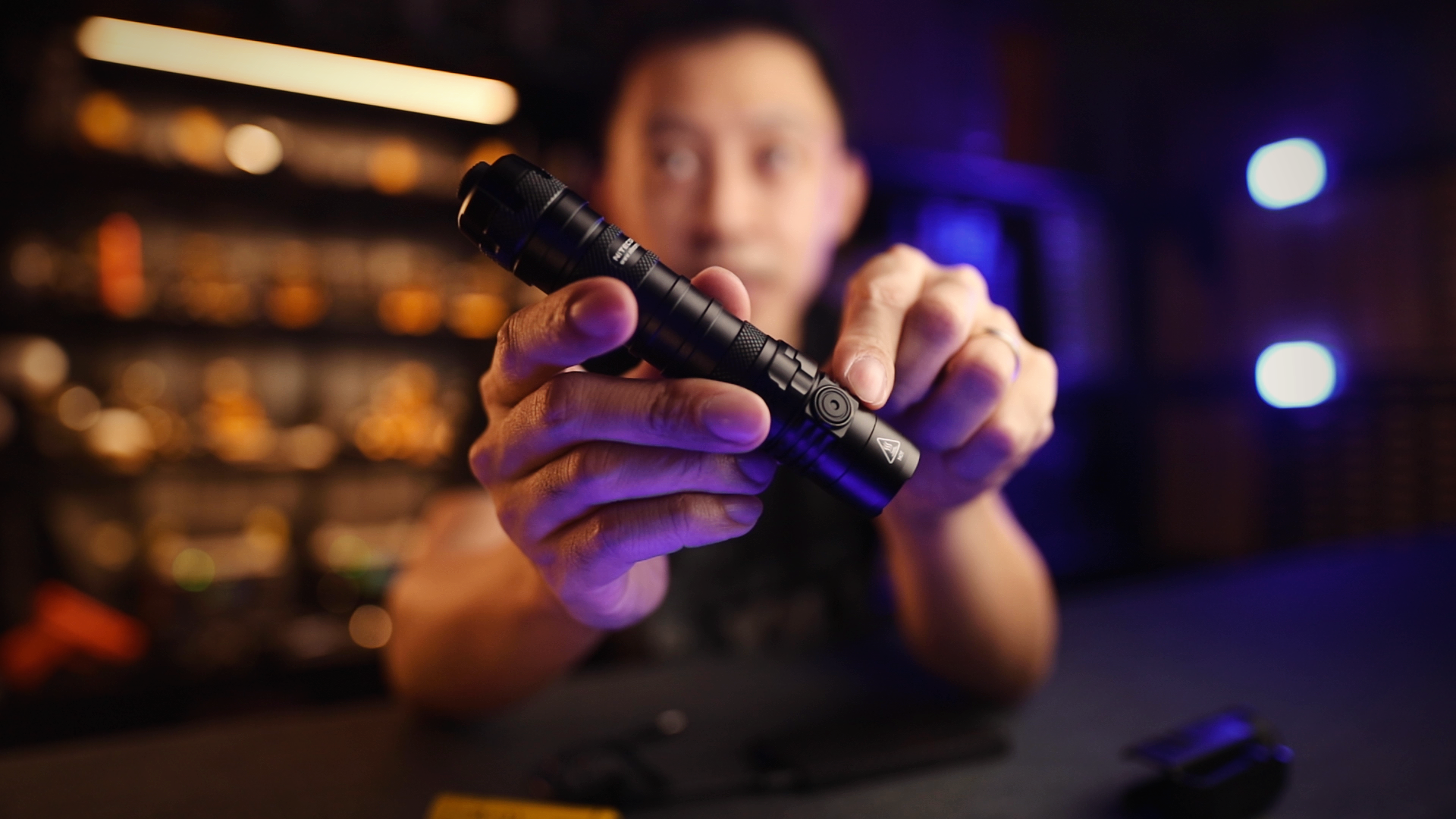
Medium Range
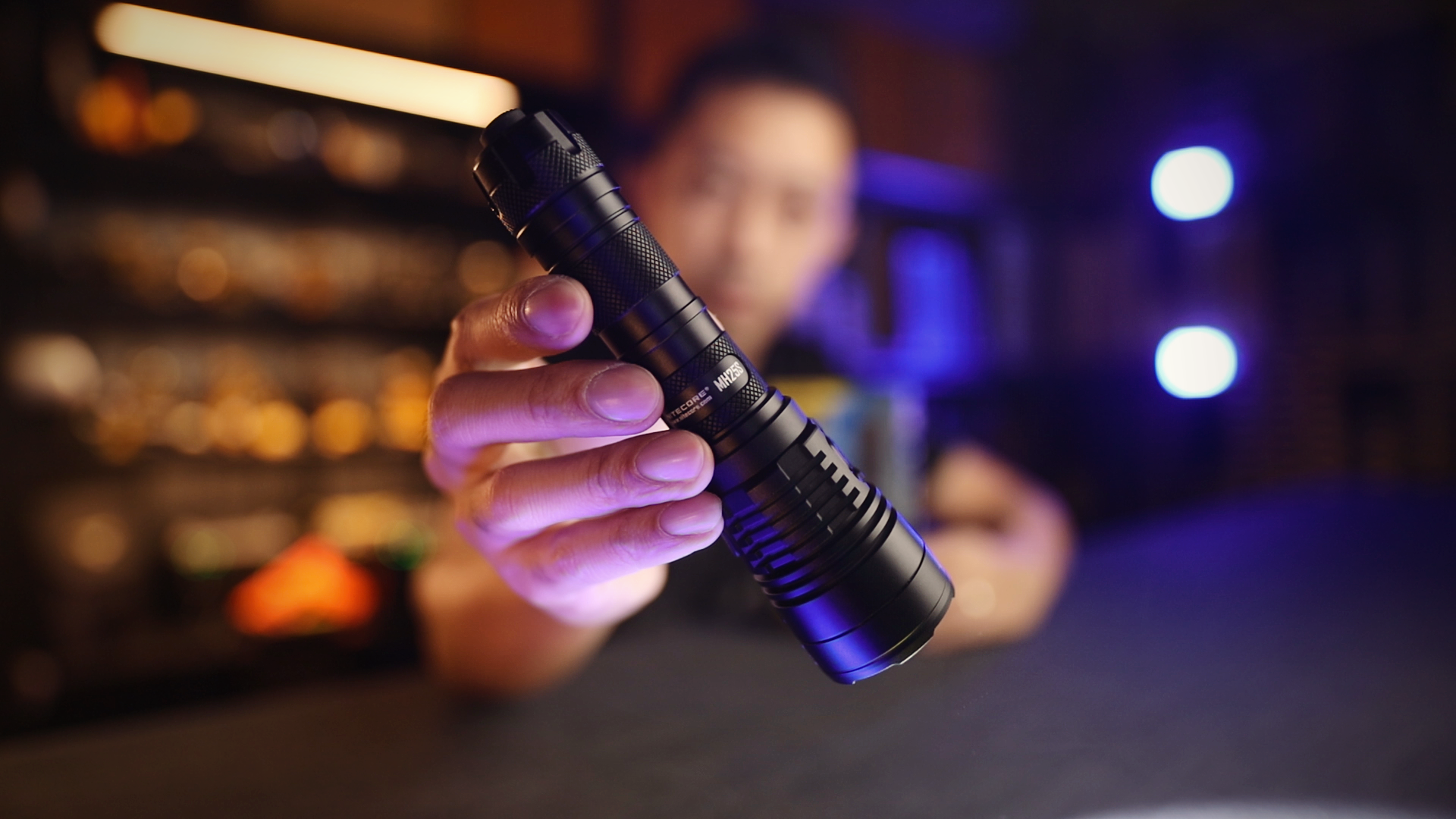
Long Range
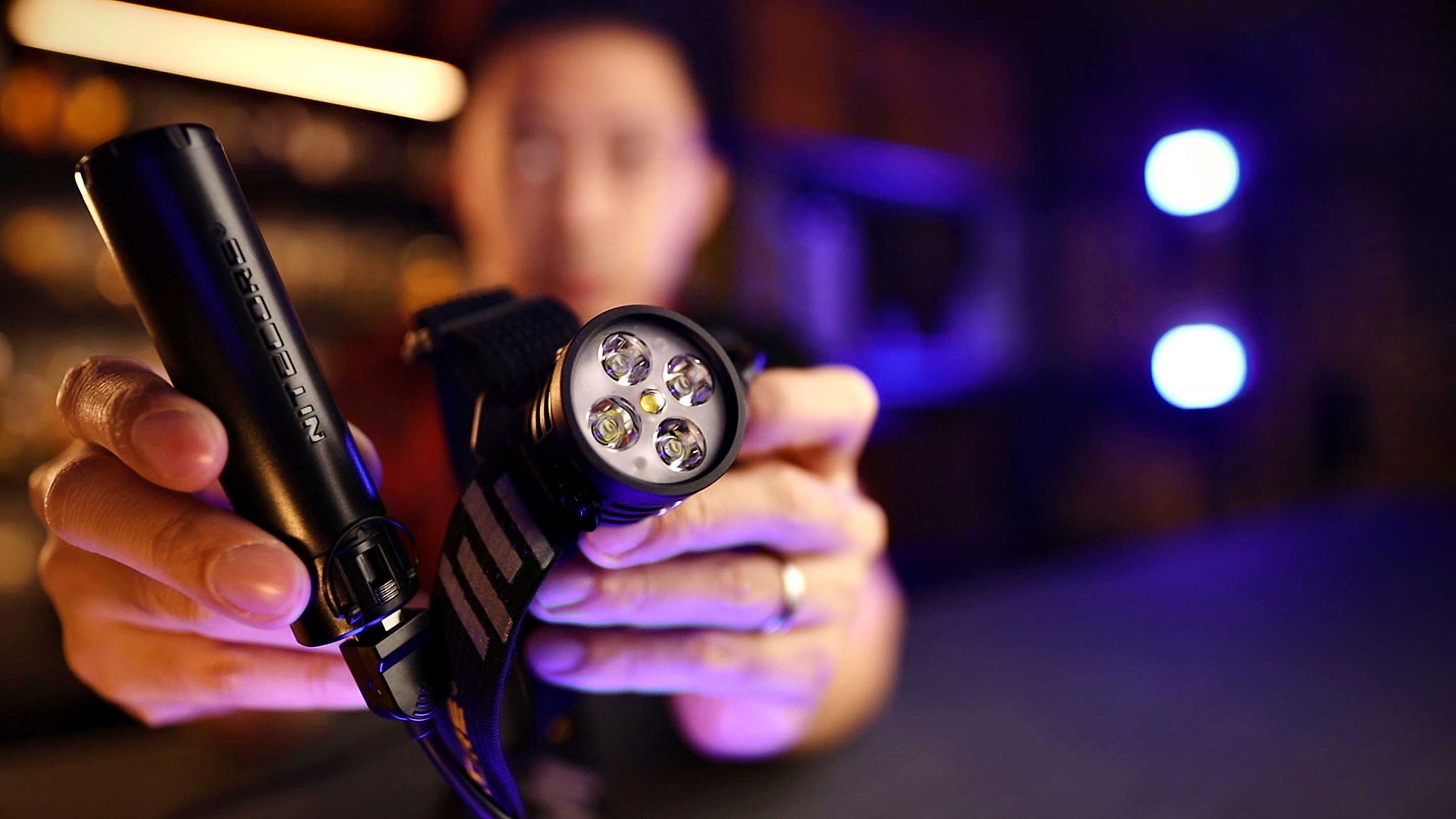
Step 2:
Pick your Secondary Light
A backup (if your primary light fails), that does what your primary light can't. A headlamp, lantern or a smaller light with a different power source.
Start with lights that use AA batteries or have a different function, like headlamps or magnetic lights so you can work hands free.
What to look out for:
BATTERY
Rechargeable AA batteries are preferred, when for any reason you can’t recharge your primary light.
AA batteries are easy to find all over the world and can be found even in natural disasters from TV remotes, clocks, or many other places.
SIZE
Smaller or lighter than your primary light, so you can use it as a backup to your primary.
Also works great as a primary when you gear up for less demanding work or travel.
FUNCTION
A hands-free headlamp, lantern, floodlight, L-torch.
All things that your primary light isn’t, but will come in handy depending on your work.
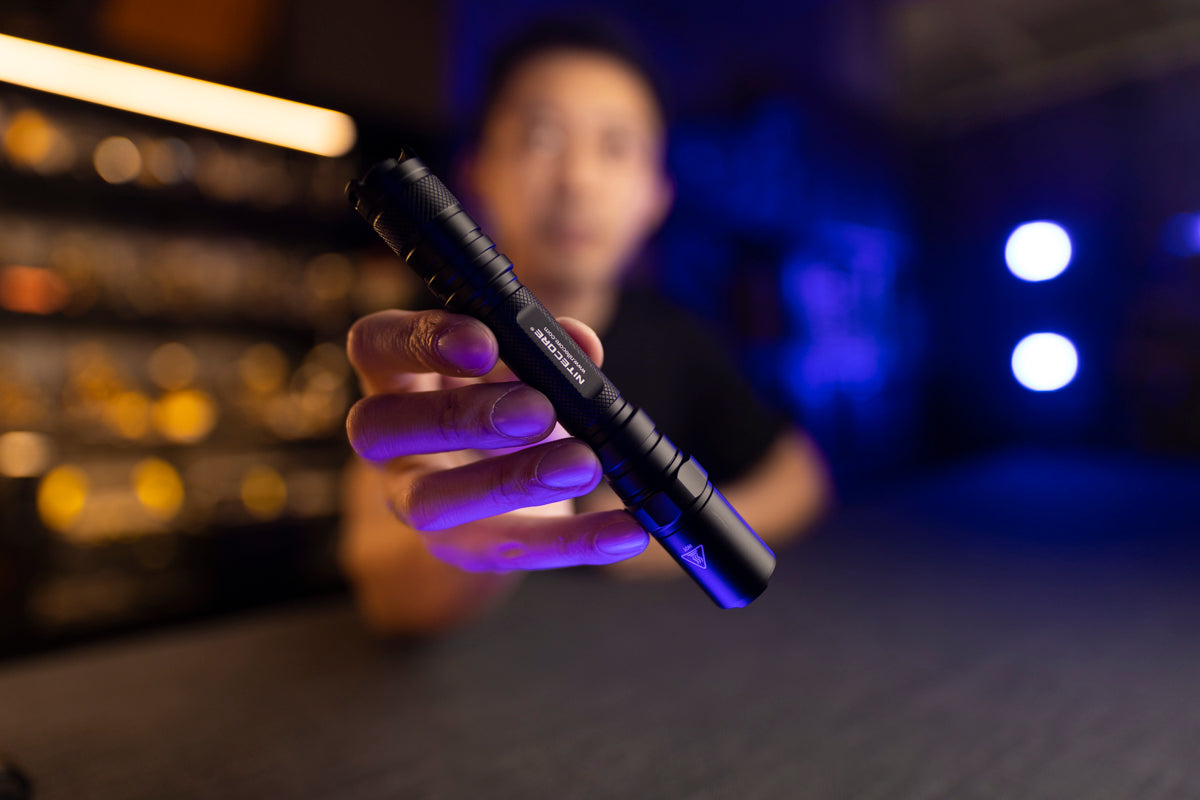
2xAA Batteries
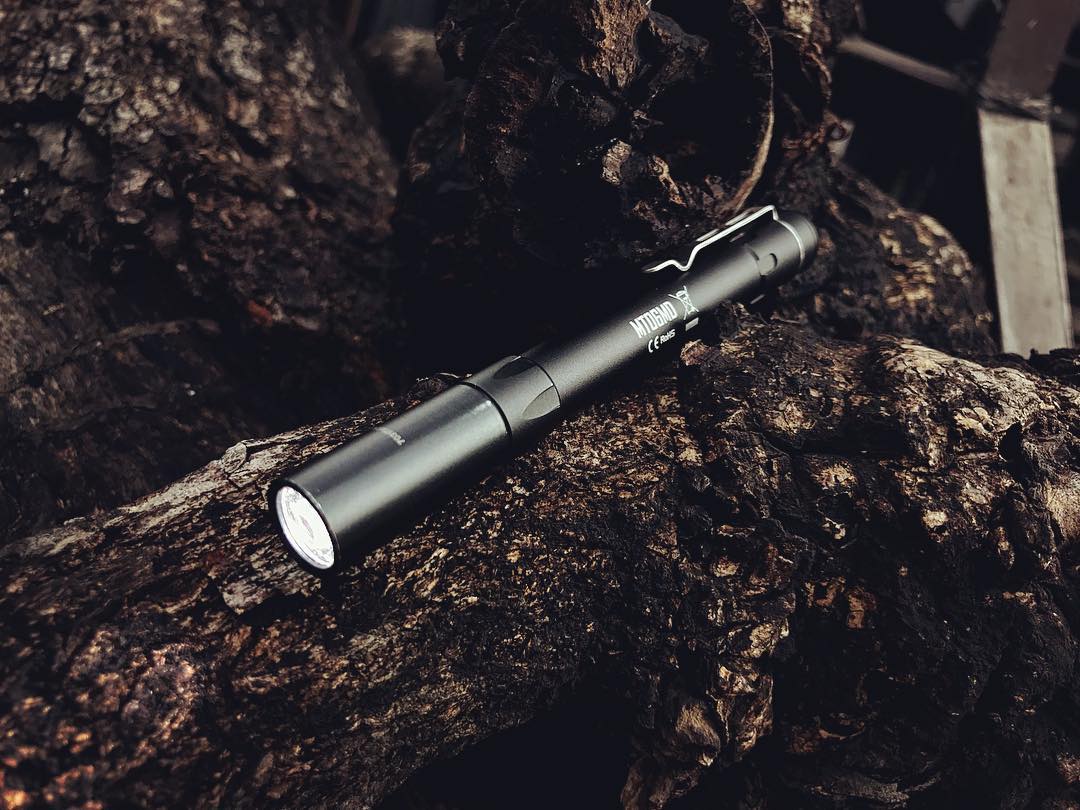
2xAAA Batteries
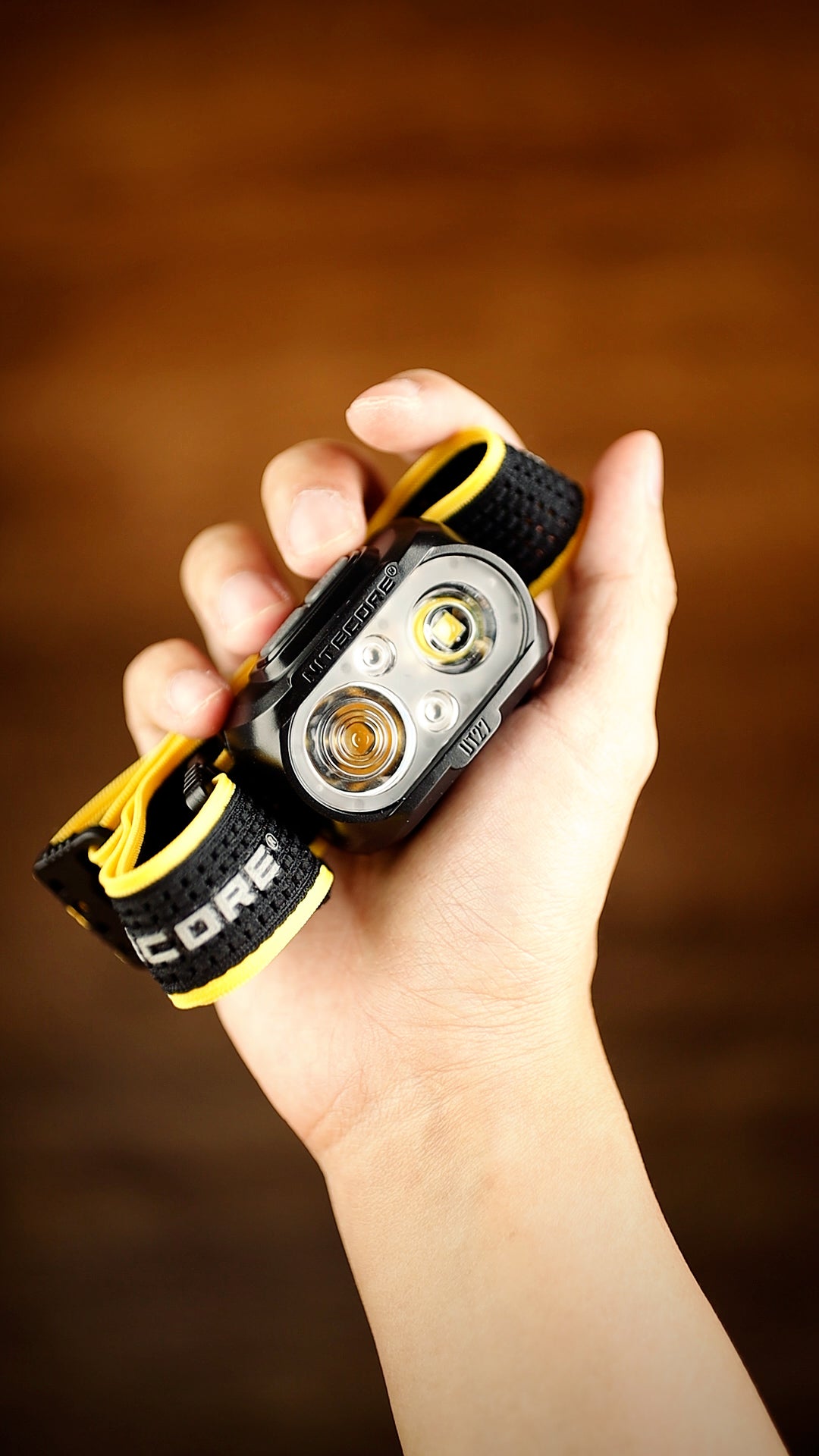
Hands Free Light
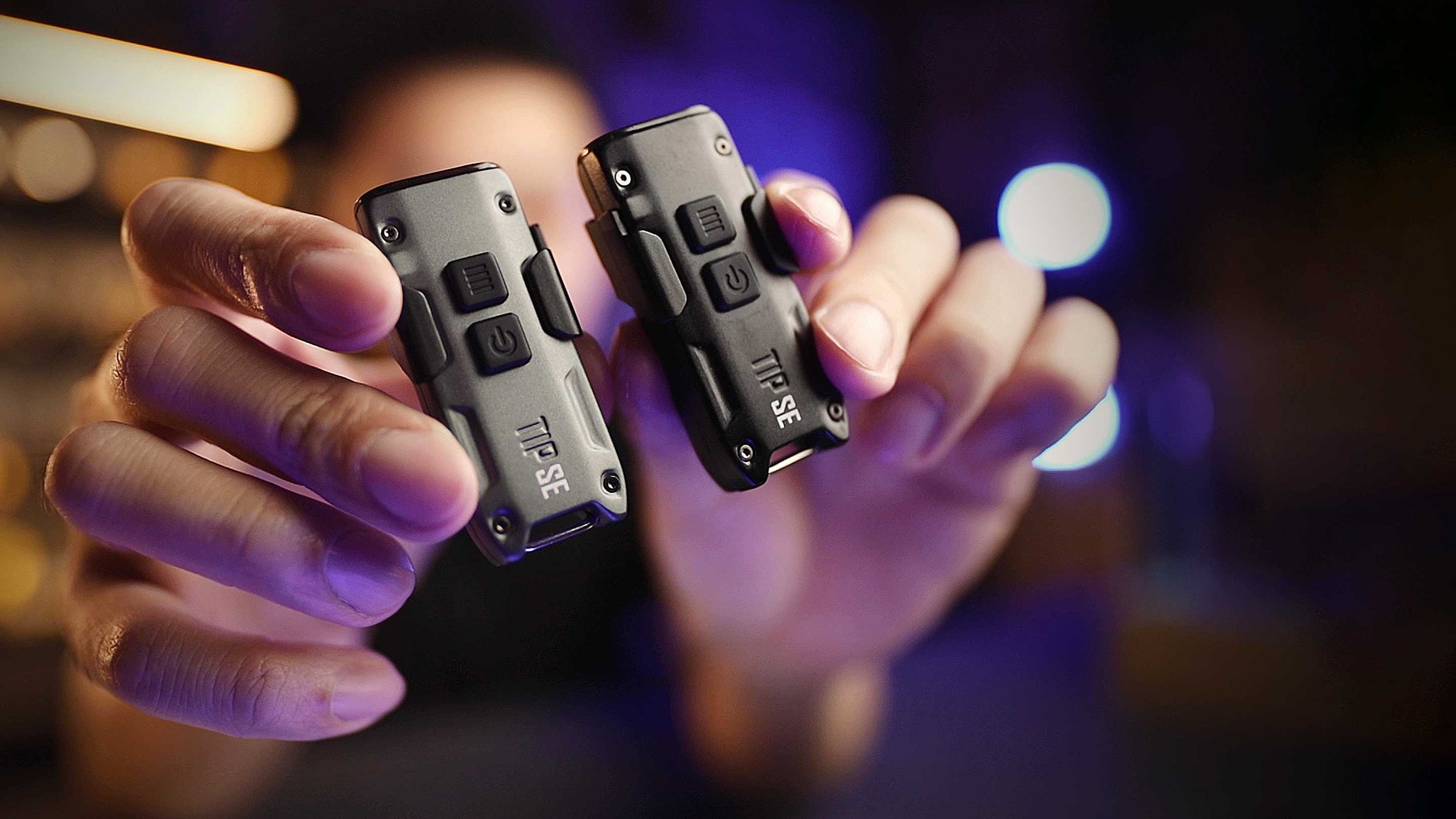
step 3:
Pick your Companion Tools
These are smaller tools to match everyday essentials like your phone and wallet.
They should cover the 3 most important areas when you’re in trouble or when your vision is impaired by low light. Sight, Sound and a Force multiplier for protection.
What to look out for:
SIGHT
A small keychain light that helps you see or be seen when needed.
Avoid outdated button battery lights, and instead go with multi-function, waterproof USB rechargeable options.
SOUND
Often overlooked, whistles draw the attention of nearby help when you can no longer shout for help.
In complete darkness, a whistle acts as a locator when all else fails.
FORCE
Force multipliers can be a firearm or knife, but in most countries and for travellers, a tactical pen is a great replacement.
These have everyday use, and can double as glass breakers and personal protection.
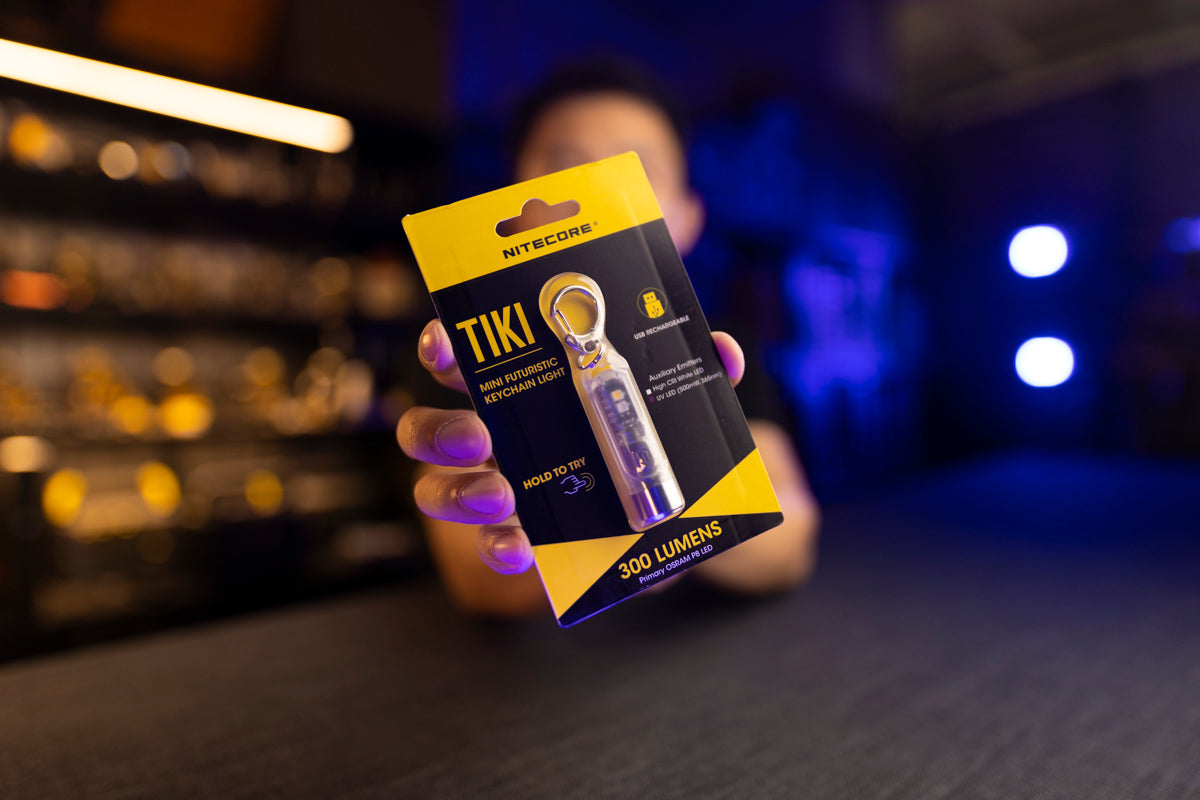
Sight
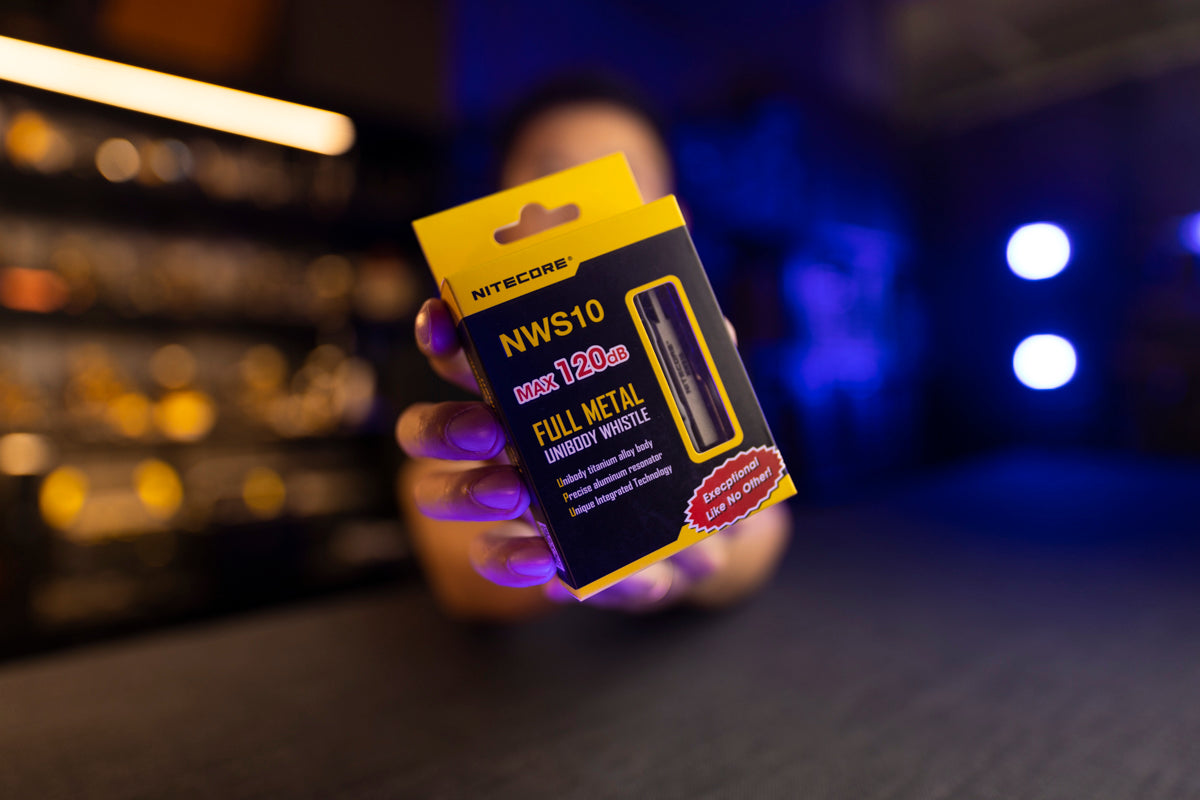
Sound
